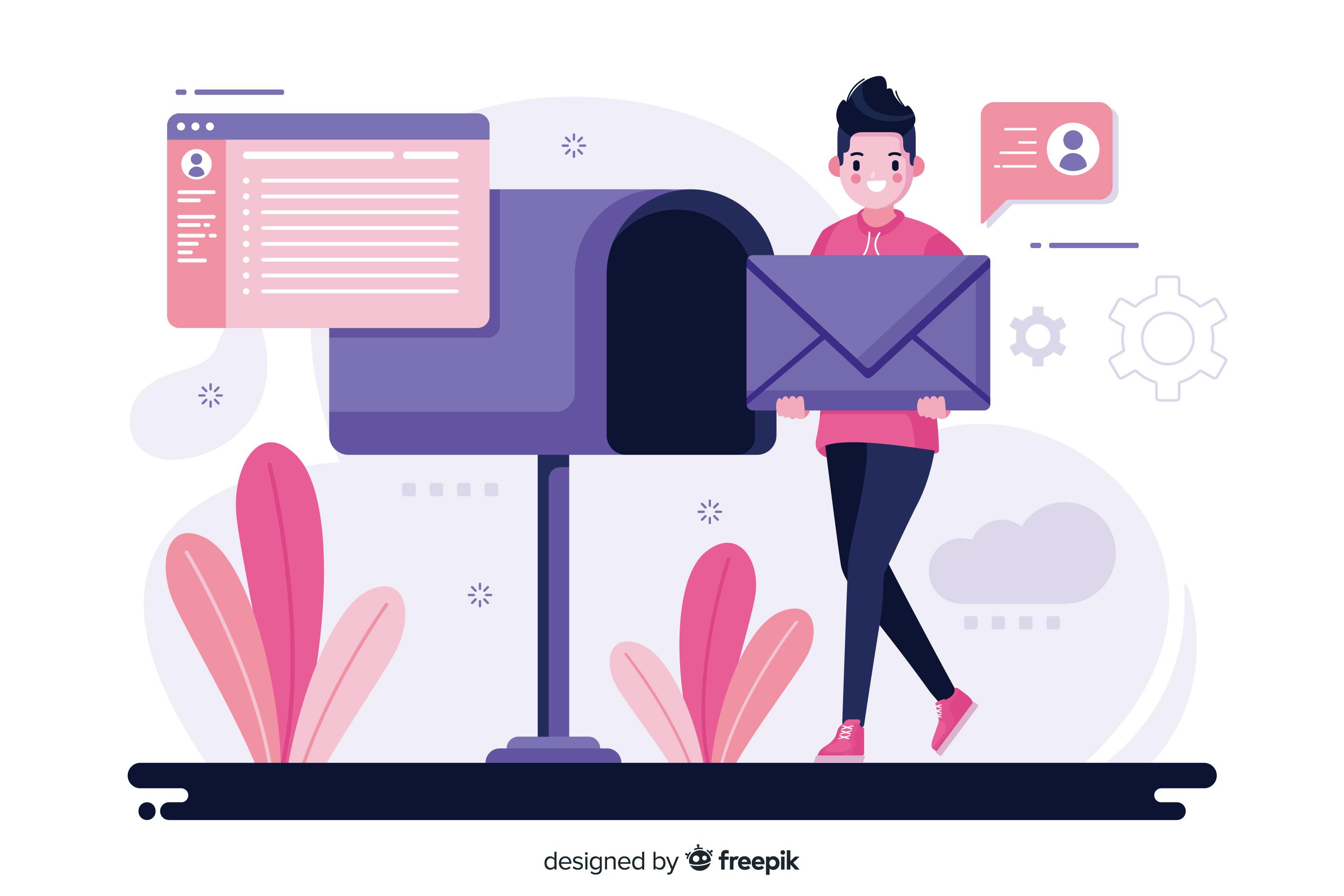When I started building my first email list, I did what most marketers do. I looked for shortcuts. I bought leads, joined “email swaps,” and ran generic giveaways. It worked at first. The numbers looked great on paper. But none of those people ever opened or clicked my emails.
That’s when I realized I didn’t need a big list , I needed an engaged list.
Over the next year, I rebuilt everything from scratch, and my engagement went from 8% to over 40%. Here’s exactly what I did, step by step.
Why I Stopped Buying Leads
I’ll be honest: buying leads is tempting. It feels like an easy way to grow fast. But every time I tried it, the same thing happened , poor engagement, high bounce rates, and spam complaints.
Those people didn’t know me. They didn’t ask to hear from me. And it showed.
When I finally deleted thousands of fake or inactive contacts, my deliverability instantly improved. It hurt my ego, but it saved my sender reputation.
If you’re still using purchased lists, stop. Build your list through genuine connections instead. I explain how I fixed my own deliverability problems in (“How I Fixed My Deliverability Issues (and Got 98% Inbox Placement)”) if you want the full story.
Step 1: Attract the Right Subscribers
The first rule of list building is simple . don’t attract everyone. You want the right audience, not just anyone willing to hand over an email.
What worked for me:
- Content upgrades: Instead of “Join my newsletter,” I offer specific bonuses. For example, if someone reads a post about automation, I give them my “5 Proven Email Sequences” PDF.
- Mini-courses: My 3-day “Email Kickstart” series performed better than any lead magnet I’d tried before.
- Interactive quizzes: People love quizzes that tell them something about themselves. My “What’s Your Marketing Style?” quiz converted 4.2% of visitors into subscribers.
All these helped me attract subscribers who were genuinely interested — not random clicks.
If you want examples of how I turned content into lead magnets, check (“The Ultimate Guide to Email Marketing in 2025”) under the list-building section.
Step 2: Segment From Day One
This is where most marketers mess up , they treat everyone on their list the same. The truth is, not every subscriber wants the same thing.
I started segmenting right from the signup form. I added a simple question:
“What do you want to learn most about?”
• Email automation
• Copywriting
• List growth
Depending on their choice, they were tagged and added to the right sequence.
The result? My engagement jumped immediately. Subscribers started getting content that actually matched what they cared about.
I talk about my full segmentation strategy in (“Building an Engaged Email List”) including how I tag subscribers based on behavior, not just forms.
Step 3: Nurture Before You Sell
This one changed everything.
When someone joins my list, I don’t pitch them right away. Instead, I send a 5 day welcome series focused only on value and storytelling.
Here’s what that looks like:
- Day 1: The real reason I started my business.
- Day 2: A common mistake I made (and how to avoid it).
- Day 3: My best-performing email framework.
- Day 4: Free resource or checklist.
- Day 5: A soft pitch — “If you liked this, here’s how I can help you more.”
By the time someone reaches Day 5, they already trust me. The sale happens naturally.
If you want my exact welcome flow templates, I’ve shared them in (“Email Automation Tools That Actually Work (After Testing 15+ Platforms)”) along with the automation triggers I use to personalize each step.
Step 4: Keep the Conversation Going
The secret to engagement is consistency. I send one email a week, every week, at the same time.
But instead of sounding like a “newsletter,” I treat it like an ongoing chat. I tell stories, share real test results, and ask questions.
For example:
“I tried sending my email at 8 PM instead of 10 AM , guess what happened?”
People reply. They share their own results. And that’s how I keep the list alive. The more human your tone, the more people engage.
If you’re still stuck wondering what to write about, check Best Practices That Actually Increased My Email Open Rates (By 40%) — I share how to write subject lines and content that get responses.
Step 5: Re-Engage or Let Go
Even great lists go stale. That’s normal.
Every few months, I run a “win-back” campaign to reconnect with inactive subscribers. Here’s how it works:
- I send a short email asking, “Still want to get my updates?”
- Anyone who clicks “yes” stays on the list.
- Anyone who doesn’t respond gets unsubscribed automatically.
It’s a clean, respectful way to maintain list health. Plus, it helps keep deliverability high because ISPs love engagement.
If you’ve never done this before, I’ve outlined the full step-by-step routine in (“Troubleshooting Deliverability Issues”) where I share my re-engagement workflows and templates.
Step 6: Protect Your List Quality
I treat my email list like a long-term asset, not a short term hack. That means:
- Never renting or buying lists.
- Never over, emailing.
- Always being upfront about what subscribers are signing up for.
When people trust you, they stay. That’s why my unsubscribe rate has stayed under 0.2% for over a year.
Final Thoughts
Building an engaged email list isn’t about growth hacks . it’s about respect, consistency, and relevance.
When someone gives you their email, they’re giving you permission to show up in their inbox. That’s valuable. Treat it that way.
If you’re starting from scratch, begin small, stay consistent, and focus on connection over scale. And when you’re ready to automate your growth without losing that personal touch, head to (“Email Marketing”) to see how all of these steps connect into a complete strategy.



